Canadian Dollar dives sharply after BoC kept interest rate unchanged at 1.75% and turned more cautious. A rate hike should be at least off the table temporarily.
The most important change in the statement is in the last paragraph. BoC now said the outlook “continues to warrant a policy interest that is below its neutral range”. And, given the mixed data, “it will take time to gauge the persistence of below-potential growth and the implications for the inflation outlook”. Also, with “increased uncertainty” about timing of future hikes, BoC will closely watch developments in household spending, oil and trade.
Also from Canada, Ivey PMI dropped sharply to 50.6 in February, down from 54.7 and way below expectation of 55.1. Trade deficit widened to CAD -4.6B in December versus expectation of CAD -1.7B. Labor productivity dropped -0.4% qoq in Q4.
Here is the full statement:
Bank of Canada maintains overnight rate target at 1 ¾ per cent
The Bank of Canada today maintained its target for the overnight rate at 1 ¾ per cent. The Bank Rate is correspondingly 2 per cent and the deposit rate is 1 ½ per cent.
Recent data suggest that the slowdown in the global economy has been more pronounced and widespread than the Bank had forecast in its January Monetary Policy Report (MPR). While the sources of moderation appear to be multiple, trade tensions and uncertainty are weighing heavily on confidence and economic activity. It is difficult to disentangle these confidence effects from other adverse factors, but it is clear that global economic prospects would be buoyed by the resolution of trade conflicts.
Many central banks have acknowledged the building headwinds to growth, and financial conditions have eased as a result. Meanwhile, progress in US-China trade talks and policy stimulus in China have improved market sentiment and contributed to firmer commodity prices.
For Canada, the Bank was projecting a temporary slowdown in late 2018 and early 2019, mainly because of last year’s drop in oil prices. The Bank had forecast weak exports and investment in the energy sector and a decline in household spending in oil-producing provinces. However, the slowdown in the fourth quarter was sharper and more broadly based. Consumer spending and the housing market were soft, despite strong growth in employment and labour income. Both exports and business investment also fell short of expectations. After growing at a pace of 1.8 per cent in 2018, it now appears that the economy will be weaker in the first half of 2019 than the Bank projected in January.
Core inflation measures remain close to 2 per cent. CPI inflation eased to 1.4 per cent in January, largely because of lower gasoline prices. The Bank expects CPI inflation to be slightly below the 2 per cent target through most of 2019, reflecting the impact of temporary factors, including the drag from lower energy prices and a wider output gap.
Governing Council judges that the outlook continues to warrant a policy interest rate that is below its neutral range. Given the mixed picture that the data present, it will take time to gauge the persistence of below-potential growth and the implications for the inflation outlook. With increased uncertainty about the timing of future rate increases, Governing Council will be watching closely developments in household spending, oil markets, and global trade policy.
Information note
The next scheduled date for announcing the overnight rate target is April 24, 2019. The next full update of the Bank’s outlook for the economy and inflation, including risks to the projection, will be published in the MPR at the same time.




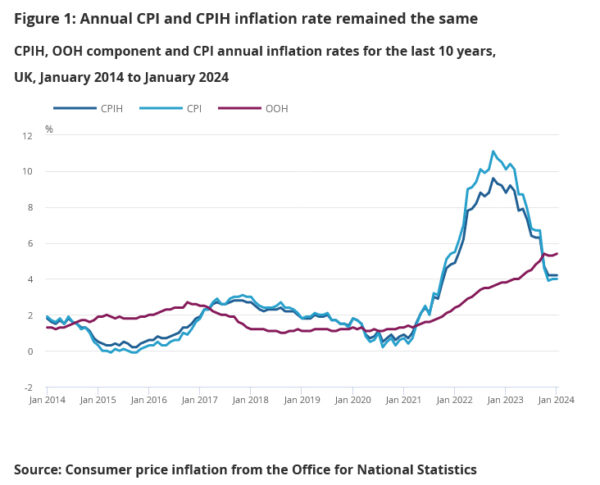
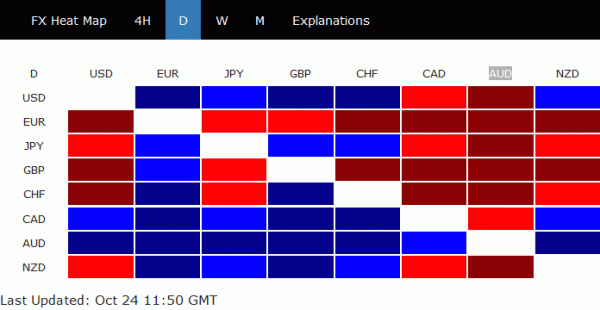
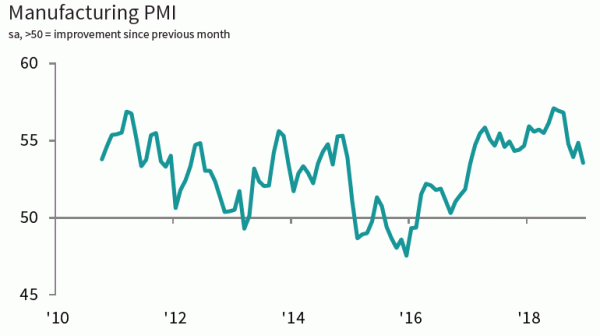
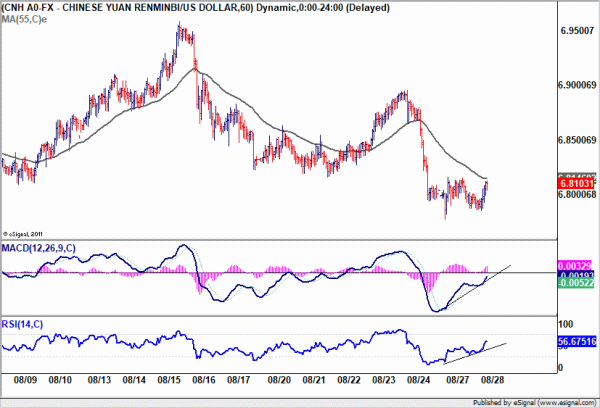
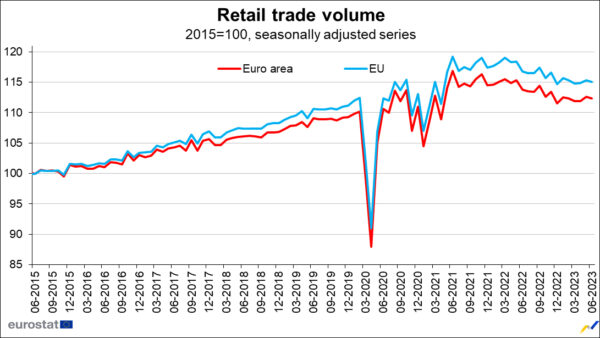
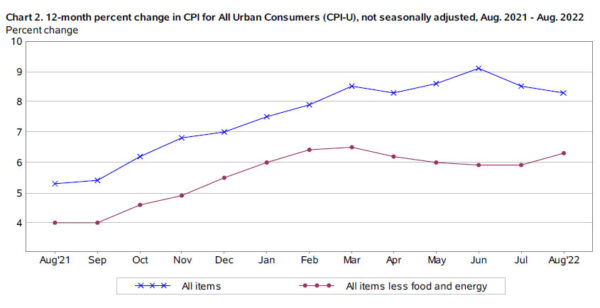
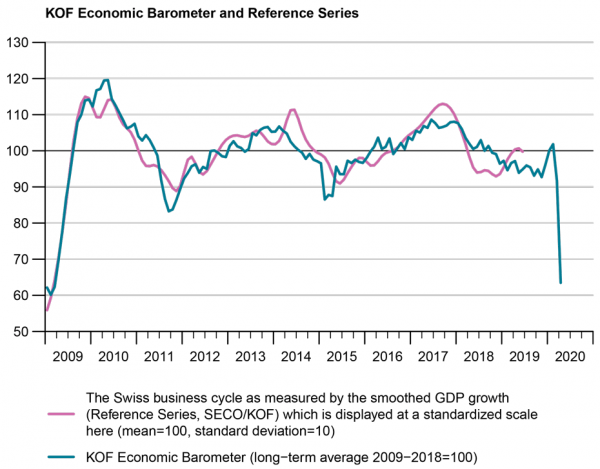
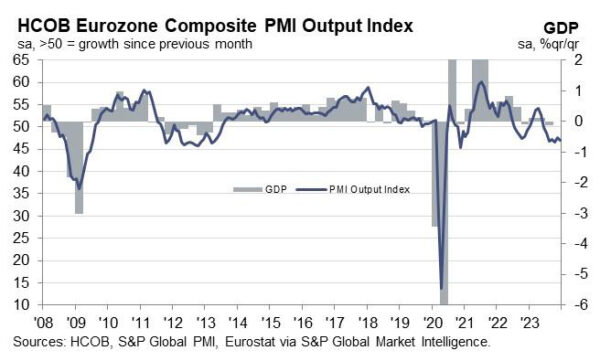





China trade balance Q1: EU imports surged 17.5% to $63.5b, US imports rose only 8.9% to $41.7b
China reported a rate trade deficit of USD -5b in March versus expectation of USD 27.8b surplus. That’s also the first monthly trade deficit since last February. Imports rose 5.9% yoy while exports dropped -2.7% yoy. Trade surplus with US dropped to USD 15.3b. In CNY terms trade balance came in at CNY -30b deficit versus expectation of CNY 160b surplus. Imports dropped -9.8% yoy while exports also dropped -9.8% yoy.
For the quarter from January to March, 2018, China’s trade surplus came in at USD 49.1b, dropped -23.2% yoy from Q1 of 2017. Exports rose 14.1% yoy. But import grew even stronger by 18.9% yoy. In CNY terms, Q1 trade surplus rose came in at CNY 326.2b with exports increased by 7.4% yoy and imports jumped even stronger by 11.7% yoy.
Also for Q1, export to US rose 14.8% yoy to USD 99.9b while imports from US rose 8.9% yoy to USD 41.7b. Exports to EU rose 13.2% yoy to USD 90.2b while imports from EU rose 17.5% yoy to USD 63.5b.
The EU is doing pretty well in selling the China.